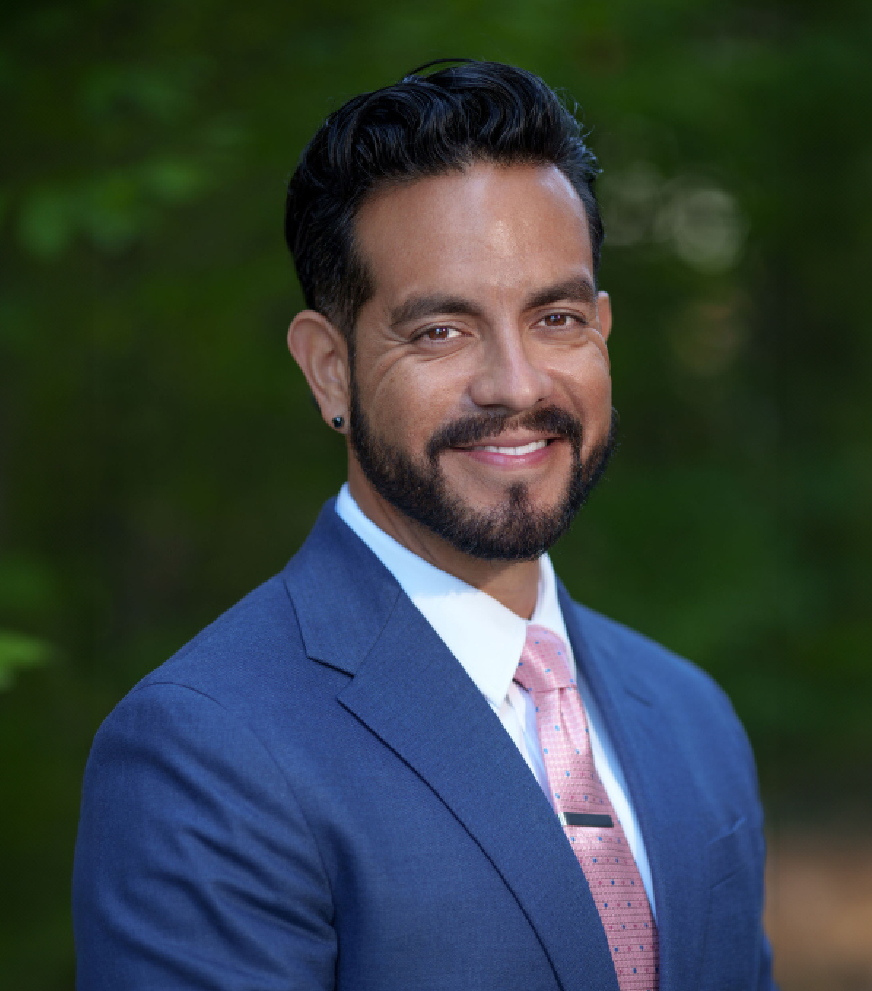
What Is Fair? Equity in Education
Every Student Deserves the Support They Need to Thrive
Diversity is a fact. Equity is a choice. Inclusion is an action. Belonging is an outcome.
-Arthur Chan
Equity is under attack. The current administration and public discourse have vilified it, distorting its meaning and convincing many that supporting those who need help somehow undermines others. But equity is not a threat—it is fairness in action. It ensures that every student gets the support they need to succeed in our education system, not just those who already have access to resources.
The backlash against diversity, equity and inclusion (DEI) initiatives is fueled by misinformation. Too many people have been led to believe that equity is about taking something away from one group to give to another. That is simply not true. Equity is about ensuring that all students have a fair shot and that opportunity is not predetermined by ZIP code, race or income. It’s about recognizing that different students face different challenges—and providing them with the support they need to thrive.
Equity as Fairness: The Reality of Unequal Starting Lines
At its core, equity is about fairness. But fairness is not a singular or self-evident concept—it depends on context, perspective, and purpose. When we ask what is fair, we must also ask:
Are we supporting those who need it, in the ways they need it?
Imagine two marathon runners preparing for the same race. One has access to a professional coach and a nutritionist, and can train full-time without financial burden. The other has to work two jobs, has limited time to train, and lacks access to nutrient-rich foods. Who is more likely to succeed?
They still have to run the same distance and are timed using the same measures, but a fair evaluation of the race would recognize the differences in training. We don’t adjust support or training accordingly—after all, we love underdog stories, however rare and unrealistic they may be.
Realistically, running and races won’t change. But is this what we want for our schools? Who would argue that we should throw kids into a classroom and treat them all the same with no regard to what each one of them needs?
In education, some students come to school well-prepared, with private tutors, stable housing, and well-funded schools. Others face systemic barriers—underfunded schools, food insecurity, and little or no academic support. Fairness means ensuring every student has what they need to reach their full potential, not assuming that giving everyone the same resources will produce the same results.
Many of us got into education because we believe all students can learn and grow, regardless of where they start. That belief compels us not just to note the differences in kids’ starting lines, but to provide supports that reduce or eliminate those differences.
Equity Is not a Zero-Sum Game
Addressing inequity (or a lack of fairness) is not about taking resources away from someone. It’s about making sure systems function for everyone who is in the system. Equity is not a zero-sum game. Fairness is not a zero-sum game. Giving someone a chance at opportunities they never had does not take away the opportunity someone else has always had. It results in more people being equipped to work toward the same goal.
If we want to build fairer systems, then we need to recognize the roots of what is fair and what isn’t to develop policies that lead to better institutions. This is the rising tide lifting all ships. The following illustration, from a recent Forbes magazine article, shows what I mean (and yes, there are limitations with this analogy):

The canoe needed more lifting than the other two vessels, but all three are still lifted.
Fairness: Beyond a Single Definition
Bringing these broader definitions into education, Levinson, Geron and Brighouse illustrate that educational fairness and equity can take on multiple meanings, sometimes in direct tension with one another:
| Equity/Fairness Type | Description |
|---|---|
| Equal Outcomes | Some define equity as ensuring that all students reach similar levels of achievement, regardless of their background. This perspective prioritizes closing achievement gaps and reducing the impact of disparities across racial, economic, and knowledge lines. |
| Equal Distribution of Resources | Others argue that fairness in education means all students should receive the same level of funding, access to high-quality teachers and educational materials. However, this approach can ignore the varying needs of different students. |
| Equal Access to Experiences | A common framework emphasizes that every student should have access to experiences that promote access to things like advanced coursework, extracurricular activities, and social-emotional support, even if they start from different positions. It is related to the distribution of resources but goes one step further. |
| Equal Growth | Another perspective focuses on ensuring that each student experiences similar levels of academic and personal growth. It acknowledges that students start at different places and may require different support. However, it can potentially limit progress because it can perpetuate differences among student groups. |
| Equitable Distribution of Resources and Opportunities | Some equity frameworks prioritize historically marginalized groups by reallocating resources and changing systemic structures perpetuating disparities. It privileges acceleration for those who are “furthest behind.” This is likely the most challenging—but most impactful—model to implement. |
Practical Steps to Support Fairness
Understanding equity as fairness is just the beginning. To defend it from attack requires advancing key ideas. Here are some practical ways to help others see how fairness benefits everyone:
- Tell better stories: Use relatable analogies, like marathon runners, to highlight systemic differences in resources and opportunities. People connect with narratives better than with statistics.
- Highlight collective benefits: Show how fairness helps everyone, not just the disadvantaged. For example, well-funded schools produce better-prepared workers, reducing the burden on social services and strengthening the economy. Again, this is not a zero-sum game.
- Expose the false narrative: When people frame equity as taking away from some to give to others, remind them that fairness strengthens communities and leads to shared prosperity.
- Defend the work with data and research: Present clear evidence of systemic differences and how equitable interventions have improved outcomes for all. For example, studies show that diverse and inclusive workplaces lead to better decision-making and higher innovation.
- Make policy: Support initiatives that promote fair funding, quality education access, and community-based solutions. Advocate for policies that support people in the ways they need support. Contact legislators, support local school initiatives, and demand action from education leaders.
- Lead by example in everyday interactions: Whether in the workplace, schools, or communities, small actions—such as mentoring, inclusive hiring, or advocating for resource allocation—reinforce broader systemic changes.
This is not a time for passivity. The stakes are too high. The fight for equity is a fight for fairness—for ensuring that every child has the opportunity to succeed. The moment demands clarity, conviction, and courage.
